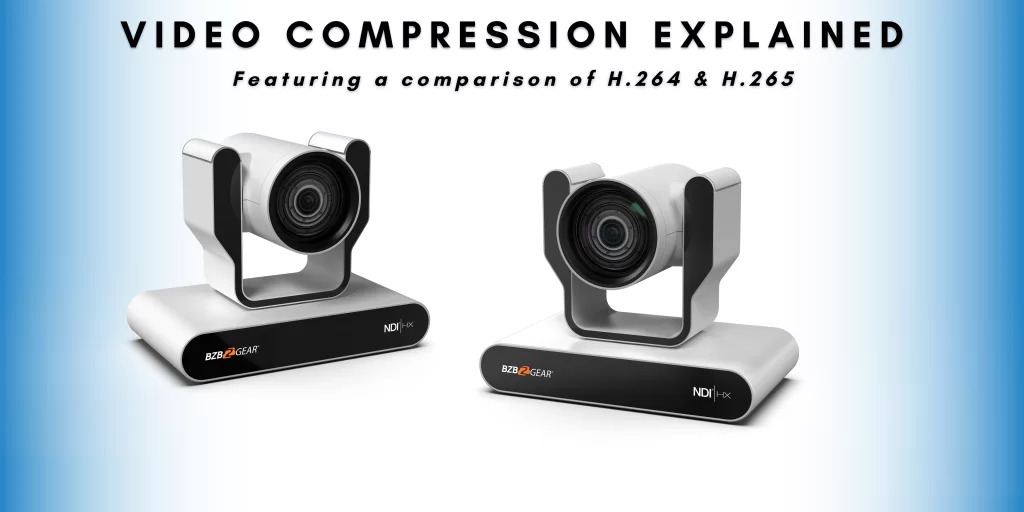Video Compression: A Key Consideration When Shopping for PTZ Cameras

When it comes to video recording, PTZ cameras generate large amounts of data, which can be difficult and costly to store and transmit. This is why video compression is an important aspect to consider when shopping for a PTZ camera.
Video compression is a technique used to reduce the size of a video file while maintaining its visual quality. This is accomplished by removing redundant or irrelevant information from the video file. By doing so, video compression makes it possible to store and transmit video recordings more efficiently.
There are several types of video compression standards, including H.264, H.265, and MJPEG. H.264 and H.265 are the most commonly used standards for PTZ cameras and are known for their high compression efficiency and good video quality. H.265 is a newer and more advanced standard that provides even better compression efficiency than H.264 but requires more processing power.
When shopping for a PTZ camera, it's important to consider the type of video compression used, as this will affect the size of the video file and the storage requirements of the camera. A camera that uses more efficient reduction will produce smaller video files, reducing the storage requirements and potentially saving money in the long run. Additionally, video compression also affects the speed at which video can be transmitted over the network, which is essential for real-time streaming and remote access.
Comparing H.264 and H.265
H.264 and H.265 are two of the most widely used video compression standards for PTZ cameras. Here's a comparison of the two:
Compression Efficiency: H.265 provides better compression efficiency than H.264, producing smaller video files with the same or better visual quality.
Video Quality: Both H.264 and H.265 can produce good video quality, but H.265 has the potential to produce higher-quality video, especially in low-light conditions.
Processing Power: H.265 requires more processing power than H.264, which may affect the performance of some cameras, especially older models.
Compatibility: H.264 is more widely supported and compatible with more devices and software than H.265, which is still gaining wider adoption.
Cost: Implementing H.265 may be more expensive, as it requires more processing power and may require upgrading existing hardware and software.
Overall, the choice between H.264 and H.265 will depend on the specific needs and requirements of the user, as well as the available hardware and software. H.265 provides better compression efficiency and higher video quality, but requires more processing power and may be less compatible with some devices and software.
When shopping for a PTZ camera, it's important to consider the video compression standard used and how it affects the quality and efficiency of video recording. By doing so, you can choose a camera that meets your needs and provides the best video quality and storage efficiency for your particular situation. Take a look at BZBGEAR PTZ cameras!
8.00 a.m. - 5.00 p.m. (PST)
10.00 a.m. - 3.00 p.m. (PST)
(by appointment only)
